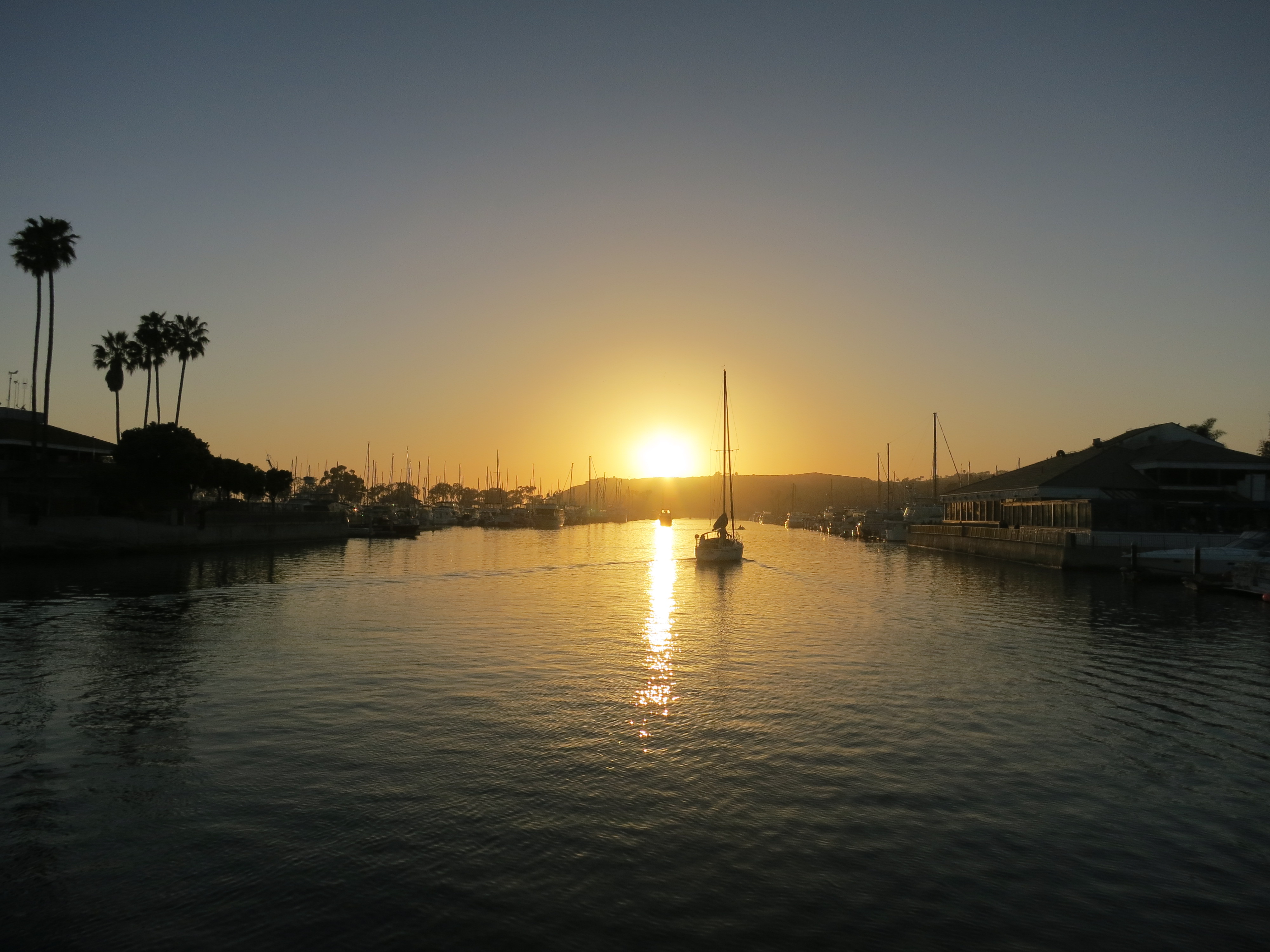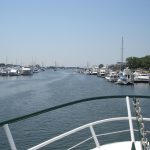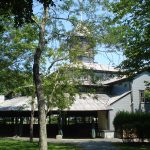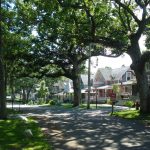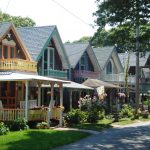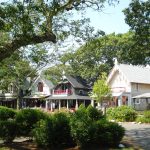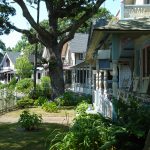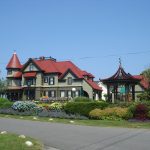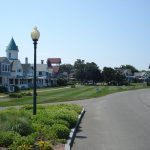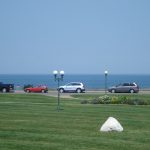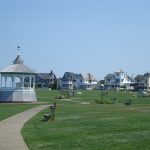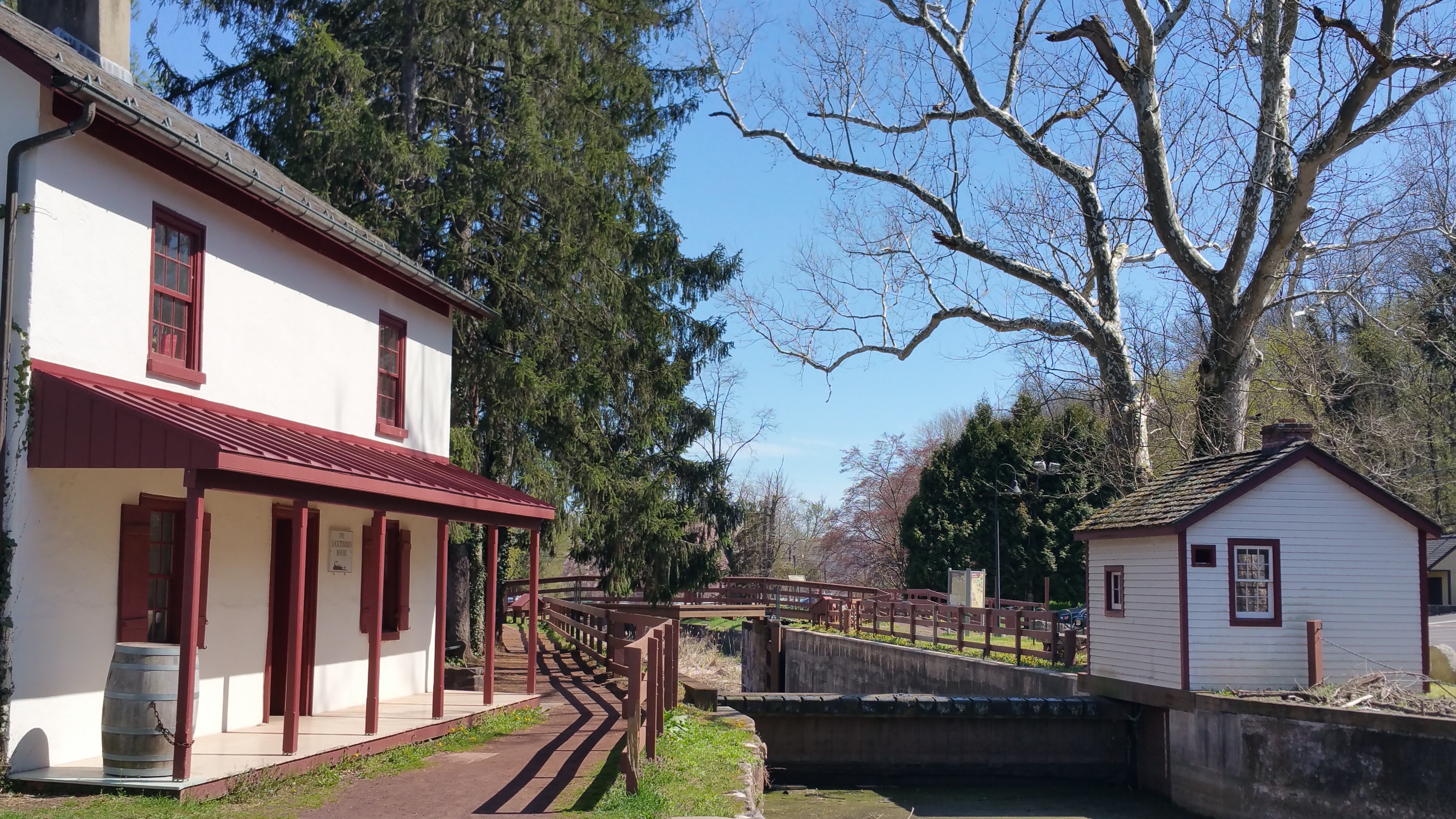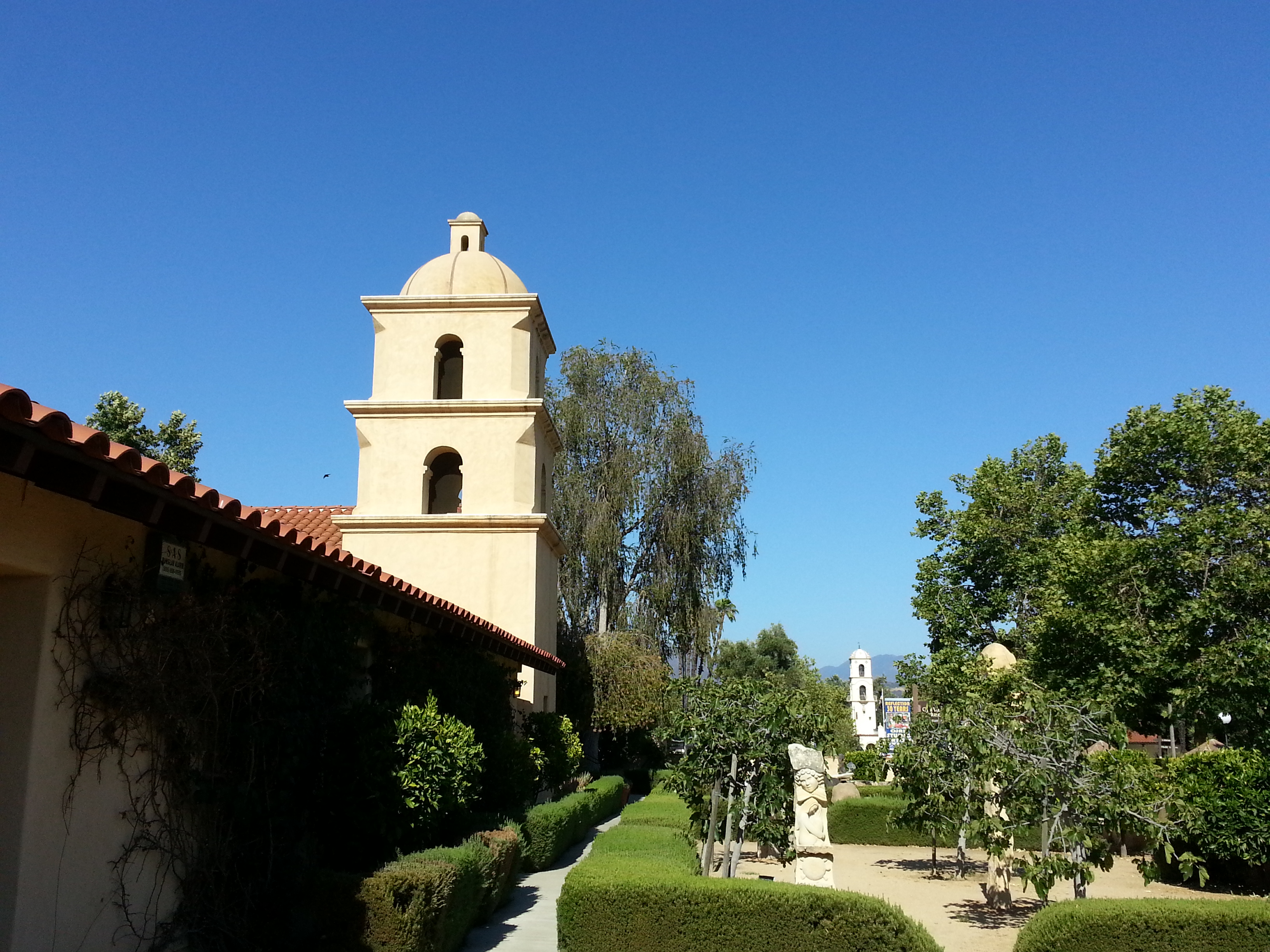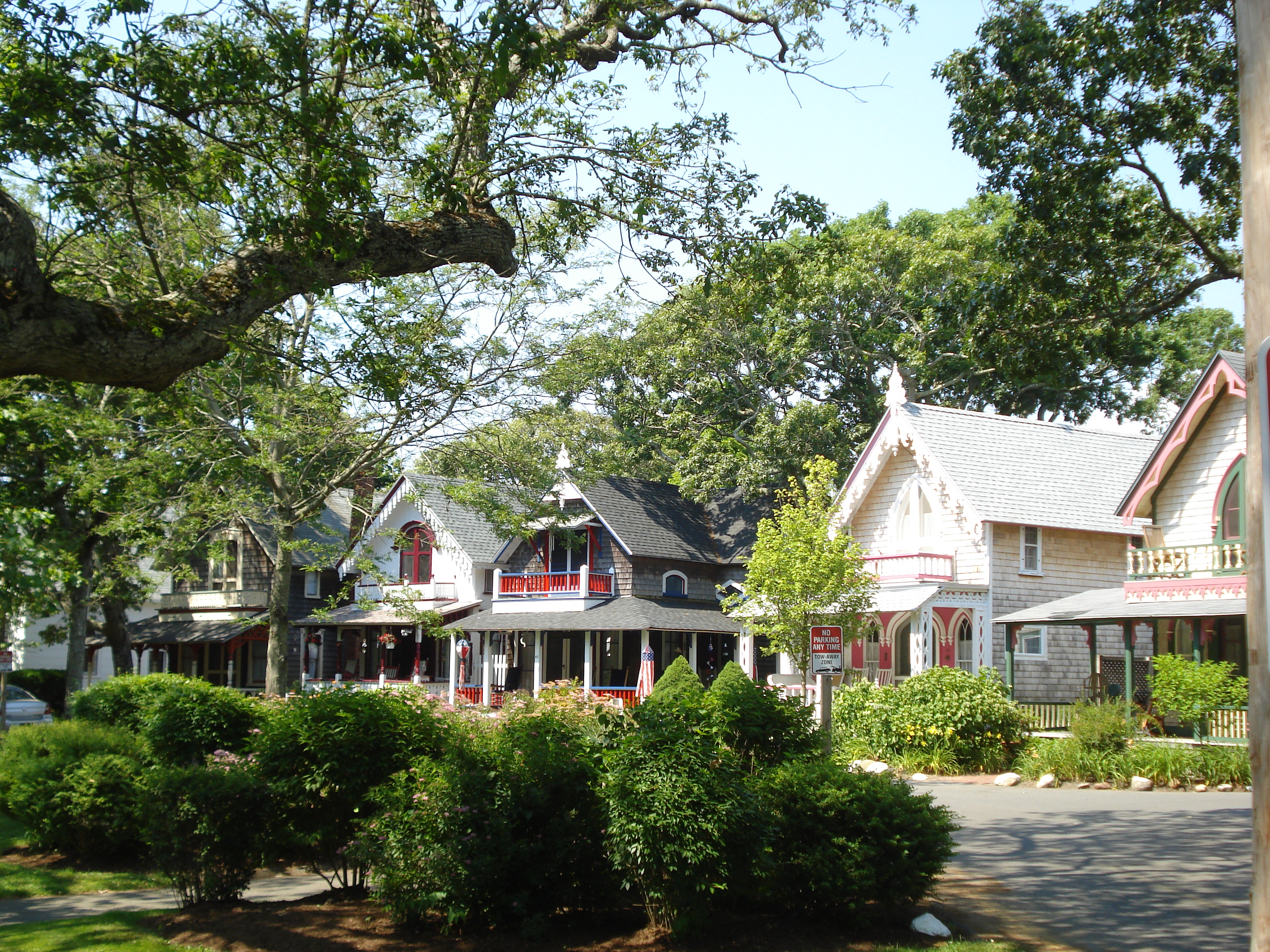
Oak Bluffs- Martha’s Vineyard, MA
Seven miles off the coast of Cape Cod sits Martha’s Vineyard, an idyllic island known for its natural beauty and exclusivity. While its reputation as a affluent summer retreat certainly precedes it, it should not define it. That would be a disservice. While certainly true, the island offers so much more, including a rich history and a Victorian enclave so wonderfully preserved, you will question time travel.
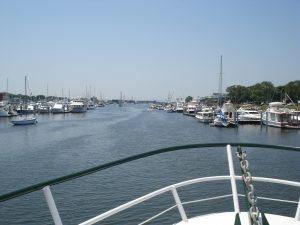
While it is possible to fly to Martha’s Vineyard, taking a ferry is THE way to go from the Cape; an hour on the water beats a TSA screening all day long. You can bring your car along, but it is not necessary unless you are planning a longer stay, or want to explore the far reaches of the island. Even then, it is possible to rent a moped or bring your bike. For those just spending the day, your car should absolutely remain on the mainland. Half of the fun is exploring on foot, and parking is a hassle. Also, it is much easier to slip into the past without modern encumbrances, which a car on an island most certainly is. While Martha’s Vineyard is a collection of six distinct towns, Oak Bluffs is the crown jewel for architecture fans. A ferry runs directly from Woods Hole to Oak Bluffs; once you arrive the entire historic district is within walking distance of the dock.
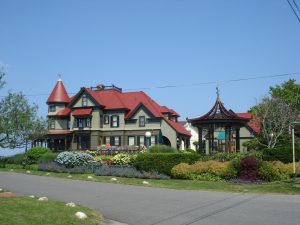
While home to indigenous people for over 10,000 years, the first Europeans arrived on the island in 1642, just a few short decades after landing in Plymouth. Thomas Mayhew, a transplant from England, secured the rights to the island as a proprietary colony from the Earl of Sterling, a nobleman who clearly had no moral rights to sell the property, but unfortunately did have the legal authority to do so. Mayhew paid 40 pounds for the land, which included Nantucket and the Elizabeth Islands as well, which sounds like a great deal. Less so for the native inhabitants.
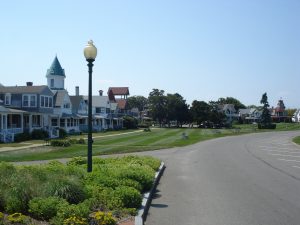
In short order, Mayhew moved his business operations to the island, settling in the area now known as Edgartown. While he was careful to honor the land rights of the native inhabitants, avoiding much of the conflict found on the mainland, he actively attempted to convert the population to Christianity. In addition to religion, he also brought European diseases to the island, which decimated the native population.
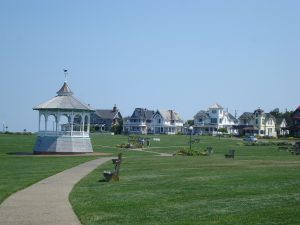
By the 1800s, Martha’s Vineyard was a thriving whaling community. Prosperity brought the large homes of sea captains to the island; between 1835 and 1845 110 of these grand homes were constructed in Edgartown, many in the Federal and Greek Revival style. At the same time over in Oak Bluffs, a different movement was afoot.
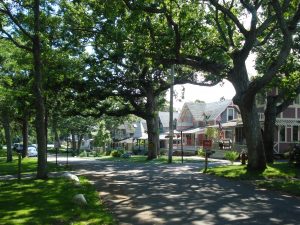
Starting in 1835, Methodist’s started holding open air Christian revivals during the summer months at Oak Bluffs. Thousands of worshipers would descend upon the island, where each mainland congregation would maintain a “society tent.” These tents were arranged in a semicircle around Trinity Park, with men and women sleeping dormitory style on opposite sides of a canvas divider. Clergy from around the country attended these campmeetings, which increased in popularity over the years. By mid-century communal tents gave way to family tents, which were quickly replaced by permanent wooden cottages.
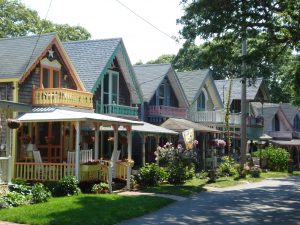
Around 1860, ornate wooden gingerbread cottages sprung up around the perimeter of the park, lending a whimsical, storybook air to the camp. Over 500 of these colorful Carpenter Gothic houses were constructed, with 318 still standing today. They were built to resemble the tents they replaced, with a wide center door, and steeply pitched roofs.
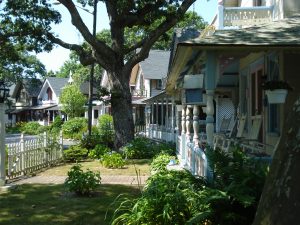
Inside, cottages were simple; living space on the first floor, with bedrooms above. Local carpenters produced the ornamental filigree, providing the cottages with their most distinctive feature. Most were built modestly, costing between $150-600. The most lavish was constructed by the Governor of Rhode Island, who spent over $3500 for his summer retreat. Many of these impossibly cute homes have remained in the same families for generations and are now much sought after summer rentals.
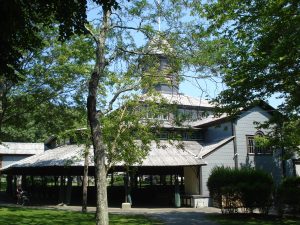
In 1879 a permanent spiritual home was built to host services in Trinity Park. Although original plans called for a wooden building, this proved cost prohibitive. Instead, a wrought iron structure was proposed. Fabricated and assembled on site, the Tabernacle boasted distinctive iron arches, twin clerestories and an octagonal cupola. Today, it is one of the few remaining examples of wrought iron architecture from this era.
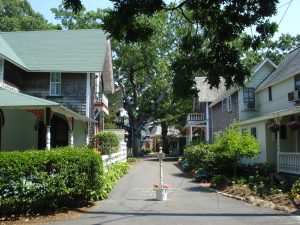
The area remained popular throughout the 20th century, with visitors frequently staying the entire summer. Over the years, infrastructure improvements were made, but the character of the neighborhood remained largely unchanged. The area was added to the National Register of Historic Places in 1978, and became a National Historic Landmark in 2005. And while the park may no longer host large campmeetings, it is still home to a wide variety of religious and secular events, including summer concerts. Dappled and drowsy, the area possesses a relaxing ethereal air, creating a perfect retreat from modern life, if only for an afternoon.
